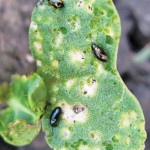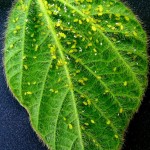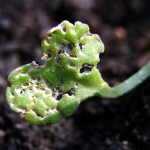Be on the lookout for flea beetles, cutworms and wireworms, all of which can take a bite out of yields early in the growing season, says John Gavloski, entomologist with Manitoba Agriculture, Food and Rural Development (MAFRD). Canola is especially vulnerable to flea beetle damage during the cotyledon to second true-leaf stage, Gavloski said during









